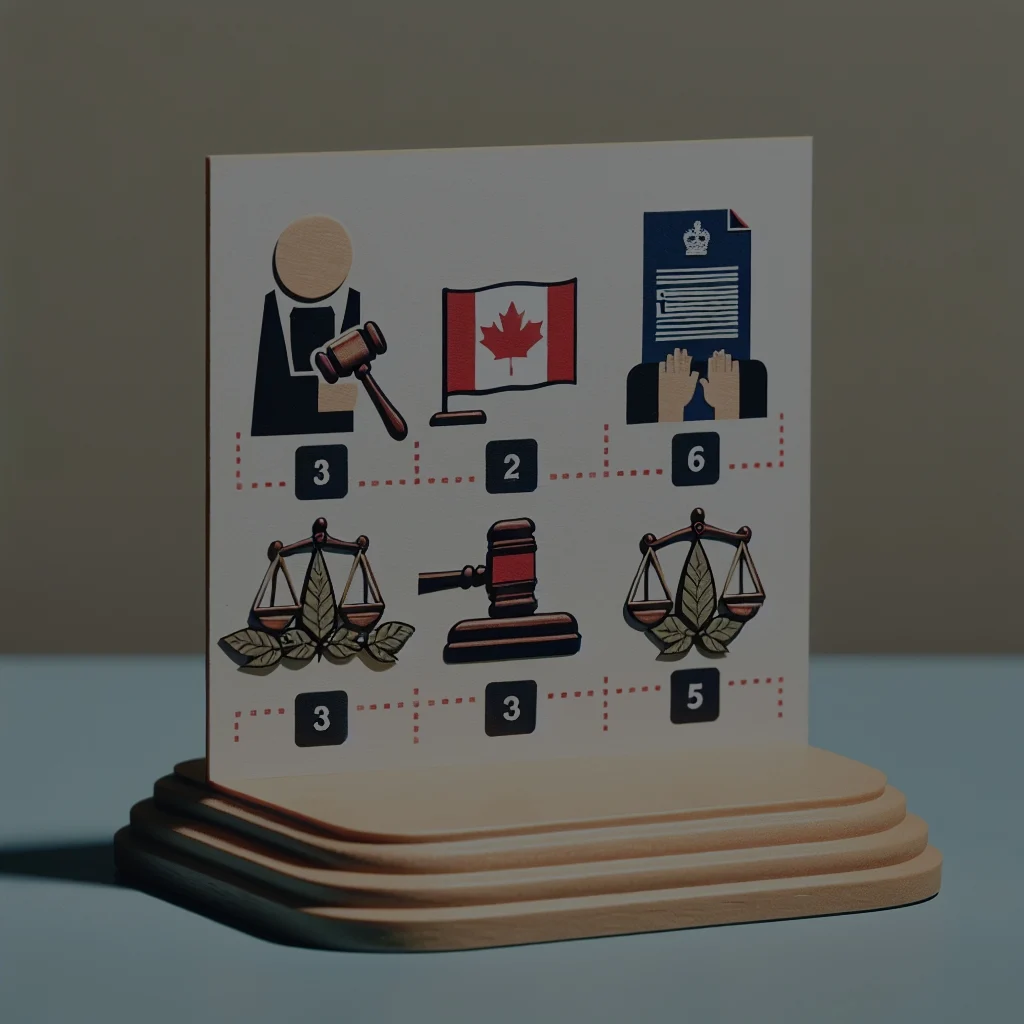Filing a small claims case in Canada can seem daunting, but understanding the process can empower individuals to seek redress for disputes involving relatively small amounts of money. Small claims courts are designed to provide a simpler, faster, and more affordable alternative to traditional court proceedings. This guide breaks down the steps of filing a small claim, from understanding the basics to navigating the legal process effectively.
Understanding Small Claims: What You Need to Know
Small claims courts in Canada are established to handle disputes involving modest amounts of money, typically ranging from $5,000 to $35,000, depending on the province or territory. These courts are specifically designed for individuals or businesses seeking quick resolution without the need for a lawyer. Understanding the jurisdictional limits and the types of claims that can be brought to the small claims court is crucial. Common reasons for filing a small claim include unpaid debts, breach of contract, property damage, and consumer complaints.
Every province has its own rules and regulations governing small claims, so it is essential to familiarize yourself with the specific laws in your jurisdiction. For instance, Ontario’s small claims court allows claims up to $35,000, while in British Columbia, the limit is set at $35,000 as well. Additionally, each province has a set of procedures that must be followed, including the appropriate forms to fill out and the required filing fees. Knowing these details can significantly enhance your chances of a successful claim.
Moreover, small claims courts typically foster a more informal atmosphere than higher courts, which can alleviate some of the stress associated with legal proceedings. The aim is to resolve disputes quickly, often through mediation or simplified trials, which can take just a few hours. Understanding this framework can help claimants approach the process with greater confidence and clarity.
Preparing Your Case: Essential Documents and Evidence
Before filing your claim, thorough preparation is essential. Gather all relevant documents that substantiate your claim, such as contracts, receipts, emails, photographs, and any other correspondence that supports your case. The more organized and detailed your evidence, the stronger your position will be in court. Make sure to keep copies of everything, as you may need to present these materials during the proceedings.
In addition to documents, witness statements can be a valuable asset in your case. If there are individuals who can support your claims, obtain their written statements and ensure they are willing to testify if necessary. Preparing a concise summary of your case, outlining the key facts and legal arguments, can also aid in presenting your case effectively during the hearing.
Finally, it is crucial to familiarize yourself with the rules of evidence and procedure applicable in your jurisdiction. This can include deadlines for submitting documents, required formatting for filings, and the types of evidence that may be admissible in court. An understanding of these rules can prevent missteps that could jeopardize your case.
Filing Your Claim: Navigating the Legal Process
Once you have prepared your case, the next step is to file your claim. This typically involves completing a claim form, which can usually be found on the website of your provincial small claims court. The form will require details about you, the defendant, the nature of your claim, and the amount you are seeking. Ensure that all information is accurate and complete to avoid delays or complications in processing your claim.
After completing the form, you will need to submit it to the court along with any required filing fees. Fees vary across provinces, so check the specific amounts applicable in your area. The court will then issue a court file number and serve the defendant with a copy of your claim, notifying them of the lawsuit. This process is crucial, as it ensures that the other party is aware of the proceedings against them.
Following the filing, there may be an opportunity for mediation to resolve the dispute before going to trial. Mediation is often encouraged as it can save both time and resources. If mediation is unsuccessful, you will receive a trial date, where both parties will present their evidence and arguments before a judge. Understanding these steps can help prepare you for the journey ahead and reduce the anxiety associated with filing a claim.
What to Expect: Court Proceedings and Outcomes Explained
Attending court can be intimidating, especially for those unfamiliar with the legal system. However, small claims court is designed to be accessible. On the day of your hearing, arrive early, dress appropriately, and bring all necessary documents. The judge will typically call cases in order and may facilitate a discussion between the parties before the hearing begins. This is an opportunity for both sides to express their views and possibly reach a settlement.
During the hearing, you will have the chance to present your case, including calling witnesses and presenting evidence. The defendant will also have the opportunity to respond to your claims and present their side of the story. The judge will ask questions to clarify any points of confusion. It is important to remain calm, respectful, and focused on presenting your case as clearly and concisely as possible.
After hearing both sides, the judge will make a decision, which could involve awarding damages, dismissing the claim, or suggesting further mediation. The outcome will be communicated verbally at the end of the hearing, followed by a written judgment that outlines the details of the decision. Understanding the potential outcomes can help you manage your expectations and prepare for the next steps, whether that involves accepting the judgment or exploring options for appeal.
Filing a small claim in Canada can be a straightforward process when approached with the right knowledge and preparation. By understanding the nuances of small claims courts, meticulously preparing your documentation, navigating the legal filing process, and knowing what to expect during court proceedings, you can effectively advocate for your interests. While the journey through small claims court may present challenges, it also offers a vital avenue for achieving justice in a cost-effective manner.
Navigating the Appeal Process: A Guide for Canadian CourtsUnderstanding Impaired Driving Penalties Across CanadaUnderstanding Your Rights When Arrested in CanadaRelevant LinkRelevant LinkRelevant LinkNavigating the Appeal Process: A Guide for Canadian CourtsUnderstanding Impaired Driving Penalties Across CanadaUnderstanding Your Rights When Arrested in CanadaRelevant LinkRelevant LinkRelevant Link



